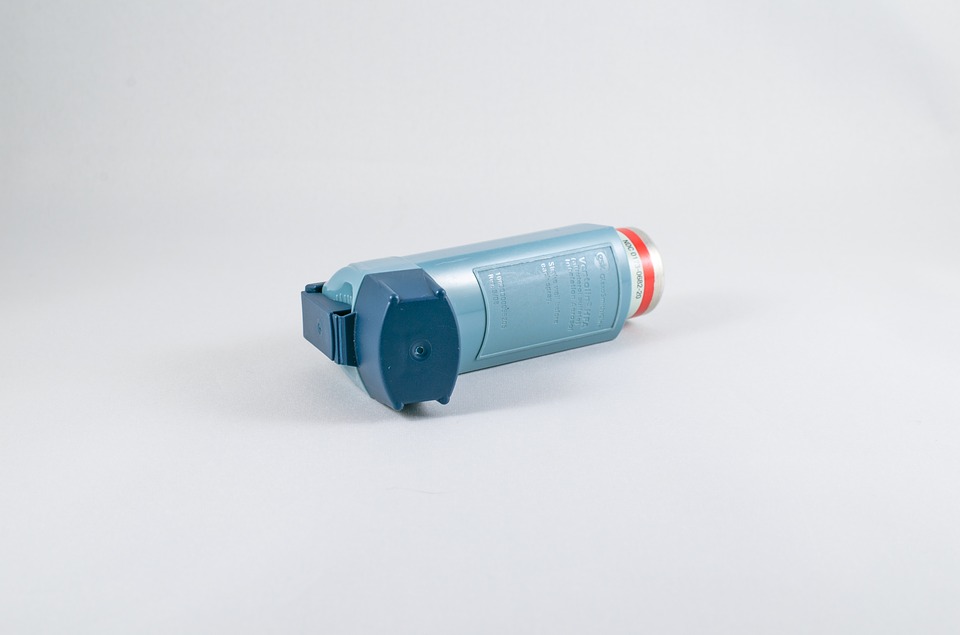
Air pollution can be a serious problem for all of us, but for those living with a lung condition or respiratory illness it poses an even greater risk. If you have a relative living with a respiratory condition, then increasing the air quality in your home could help ease their symptoms and make their living conditions much more comfortable.
Indoor air pollution
Poor indoor air quality has been linked to various lung diseases such as asthma, COPD, allergies and lung cancer. People who already have any one of these conditions are more likely to be affected by indoor air pollution. Believe it or not, we actually spend on average about 90% of our time Indoors, so improving indoor air quality is an important aspect of staying healthy.
Combating mould and damp problems
Air pollution can come from a variety of different sources such as open fires and heaters, cleaning products and building materials and furniture. Mould and damp problems are also a significant issue that can have similar deleterious affects on health. If you have a mould and damp problem this will definitely need to be addressed and the situation improved.
A dehumidifier will help to significantly reduce a damp problem by sucking excess moisture out the air, while any surface mould can be removed with a damp cloth, you can these use a sealant to cover over the area to help prevent it from coming back. Also, keeping a good air flow and circulation around your home will help to reduce the amount of mould spores in the air.
Heating in the winter
When it comes to heating in the winter, a ventless fireplace is a friendlier option when it comes to air quality as it will reduce the amount of pollutants that go into the air in comparison with wood burning or vented gas fireplaces. Otherwise using the central heating to warm the place up is the safest bet.
Cleaning products
Some of the more powerful common household cleaning products can be hazardous to health, the chemicals inside these products can irritate the lungs and nasal passage which could worsen symptoms of asthma or trigger allergies. There is a whole range of eco-friendly and organic products now which are just as effective but without the cost to health.
Keeping the place dust free
Dust is another major culprit for triggering respiratory problems, it can build up to quite high levels in your home without you realising. To combat this it is important to regularly hoover and mop the floors, dust surfaces and to wash all pillow cases and bed sheets. It is best to hang up washing to dry outside, keeping it indoors can make your place damp and will adversely affect the healthy regulation of air flow.
Putting plants around the home
Buying some plants for the home and placing one in each room is a must. Plants are really important to air quality, they remove pollutants from the air by absorbing them through their leaves and roots. Some of the best plants for improving air quality include spider plants, ferns, ivy, peace lilies and aloe vera.



